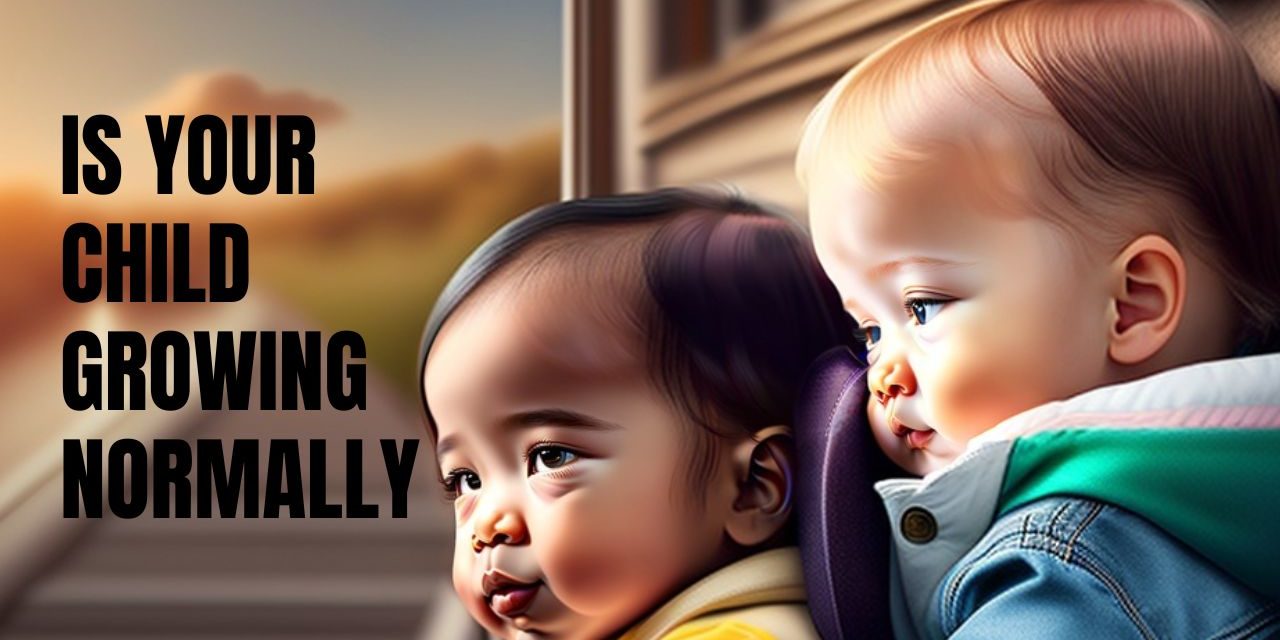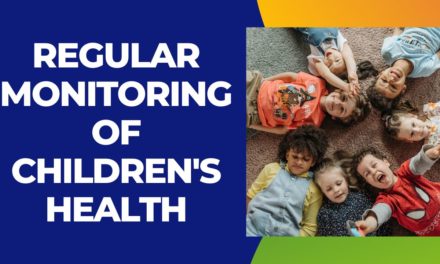Introduction:
As a parent, one of your biggest concerns is making sure your baby is growing and developing as expected. Although every child is unique, there are certain developmental milestones that can help you gauge your child’s progress. In this blog post, we’ll explore the key indicators of normal development in infants, offering you valuable insight into tracking your baby’s healthy development.
1. Physical development:
Physical growth is one of the most visible aspects of child development. Here are some signs of normal physical development:
- Persistent weight gain: In the first year, babies usually gain weight at a rapid rate. It is normal for newborns to double their birth weight by about 5 to 6 months and triple it by their first birthday.
- Growth in length and height: Babies also experience significant growth in height during the first year. On average, babies grow about 1 inch (2.5 cm) per month for the first six months, and slow down a bit after that. By the end of the first year, they typically grow about 50 percent in length compared to their birth length.
- Head circumference: The size of your baby’s head is an important measurement, as it reflects brain development. Head circumference increases rapidly in the first few months and then slowly. By the end of the first year, head circumference can increase by about 33 percent compared to birth.
2. Motor Skills Development:
Motor skills refer to a child’s ability to control their own body movements. Tracking motor skill milestones can help you gauge normal development. Here are some important motor skill developments to look for:
- Gross motor skills: These involve large muscle groups and include rolling, sitting, crawling, and finally standing and walking. The specific timing of these milestones can vary, but most babies begin rolling between 3 and 6 months, sitting independently by 6 to 8 months, crawling by 6 to 10 months, and crawling by 9 to 12 months. Walk with support for months.
- Fine motor skills: Fine motor skills include more precise movements, such as reaching for objects, grasping, and later self-feeding. Babies usually develop the ability to grasp objects between 3 and 6 months, and by the end of the first year, they can use their thumb and index finger to pick up small objects.
3. Cognitive and Social-Emotional Development:
While physical development and motor skills are important, cognitive and social-emotional development is just as important. Here are some signs of normal development in these areas:
- Cognitive Development: Children begin to show curiosity and explore their environment. They respond to familiar faces, make eye contact, and begin to recognize objects and people. By the end of the first year, they can understand simple instructions, imitate actions, and demonstrate problem-solving skills such as finding hidden objects.
- Social-Emotional Development: Babies develop attachments to primary caregivers and show increased social engagement. They can smile, laugh and mutter to communicate. By the end of the first year, they often show separation anxiety and a preference for familiar people.
Monitoring your child’s development:
It’s important to remember that every child grows at their own pace, and there may be variations in reaching developmental milestones. However, if you have concerns about your child’s development or notice a significant delay in meeting milestones, it is advisable to consult your pediatrician. They can assess your child’s overall health and development, provide guidance, and address any potential problems.
Result:
It is important for parents to understand the signs of normal development in children. By observing your child’s physical growth, motor skill development, and cognitive and social-emotional milestones, you can gain valuable insight into their healthy development. Remember, every child is unique, and while there are general guidelines, it’s important as a parent to trust your instincts and seek professional advice if you have concerns about your child’s growth and development.










